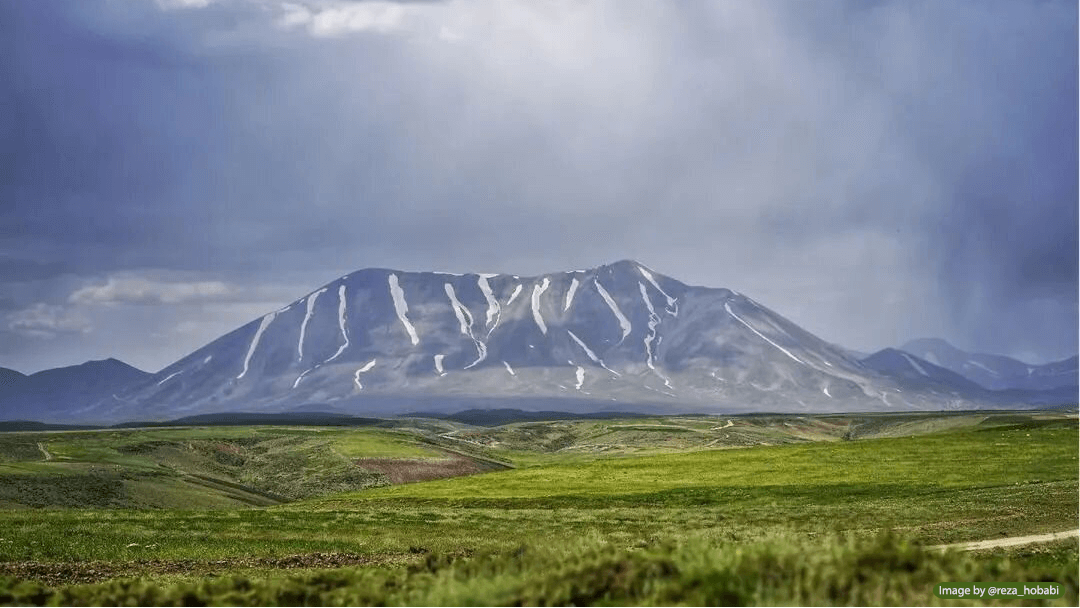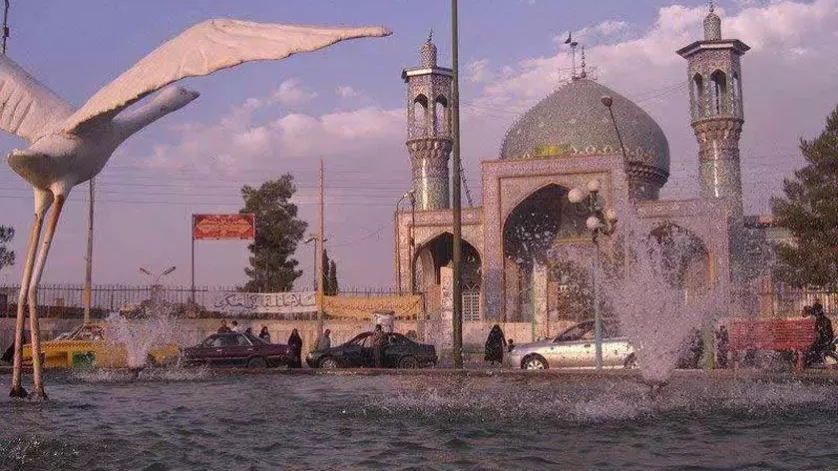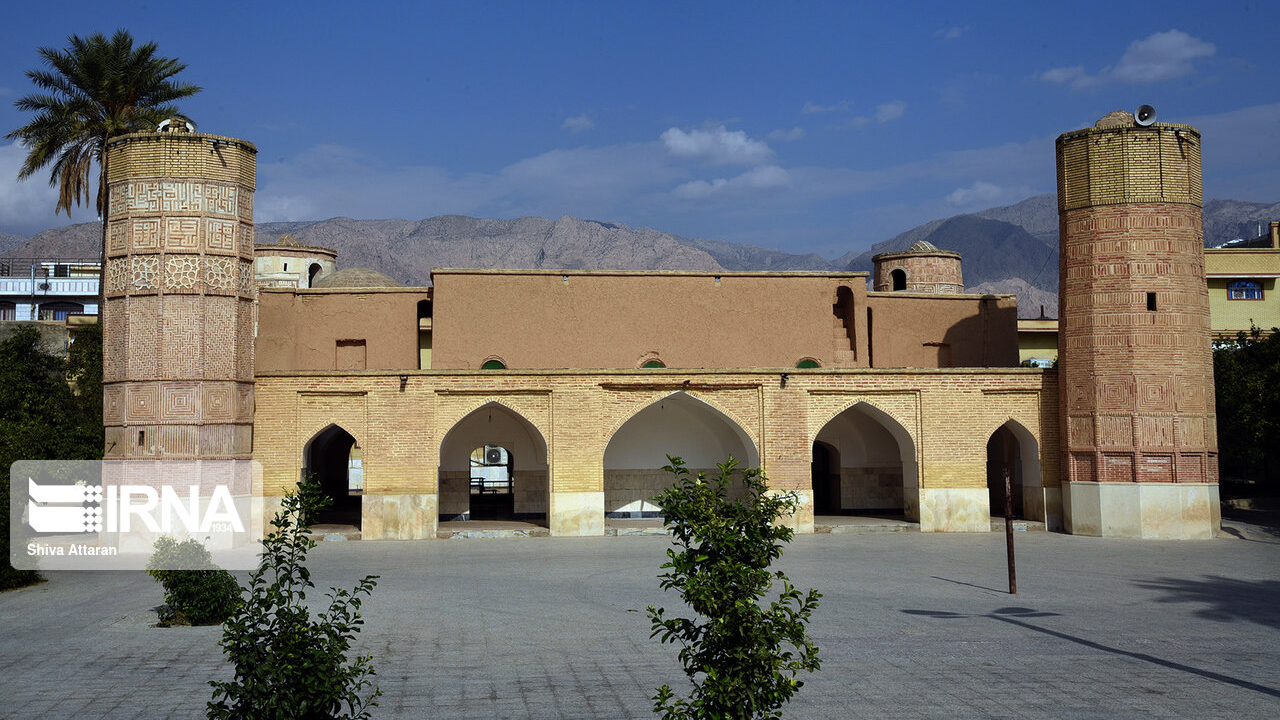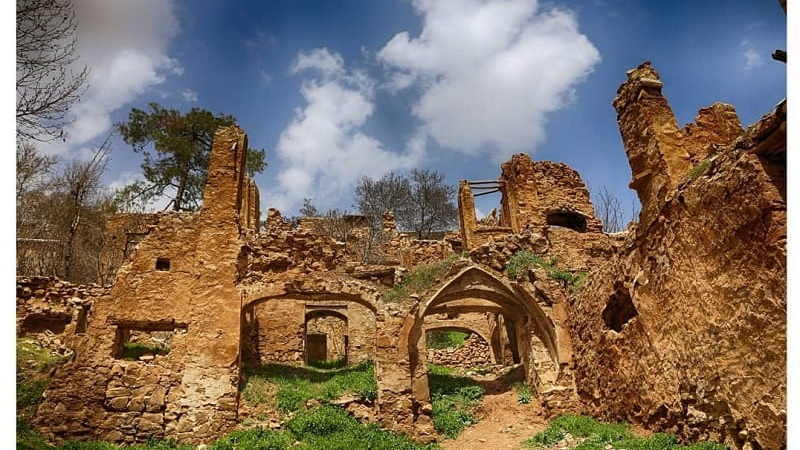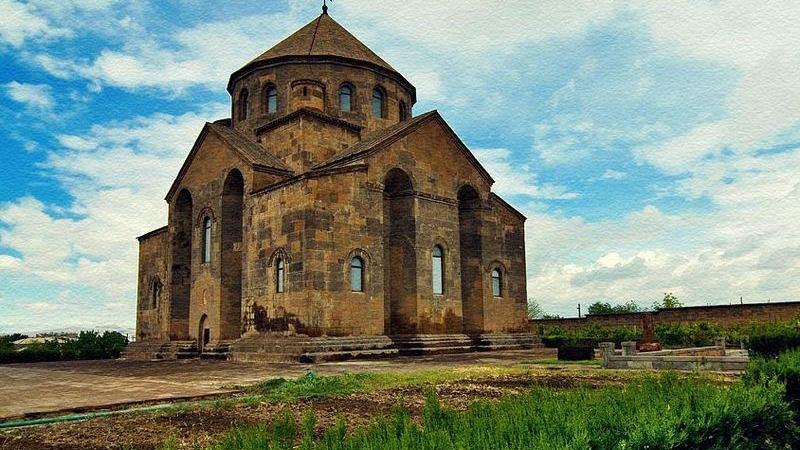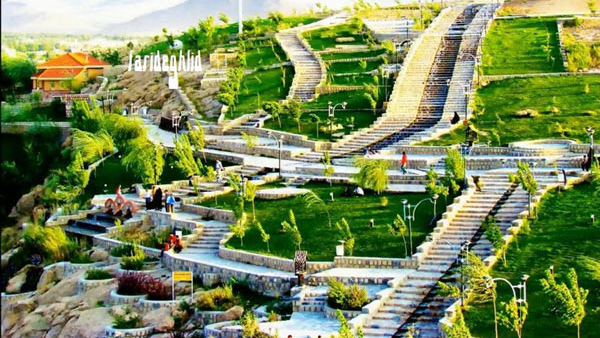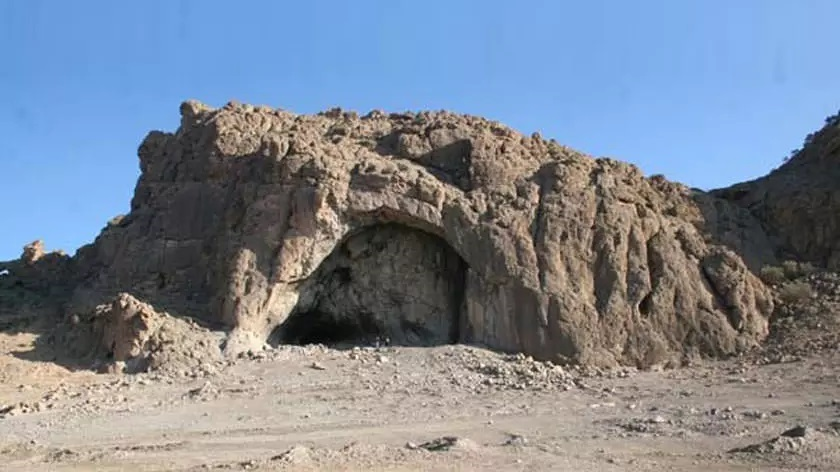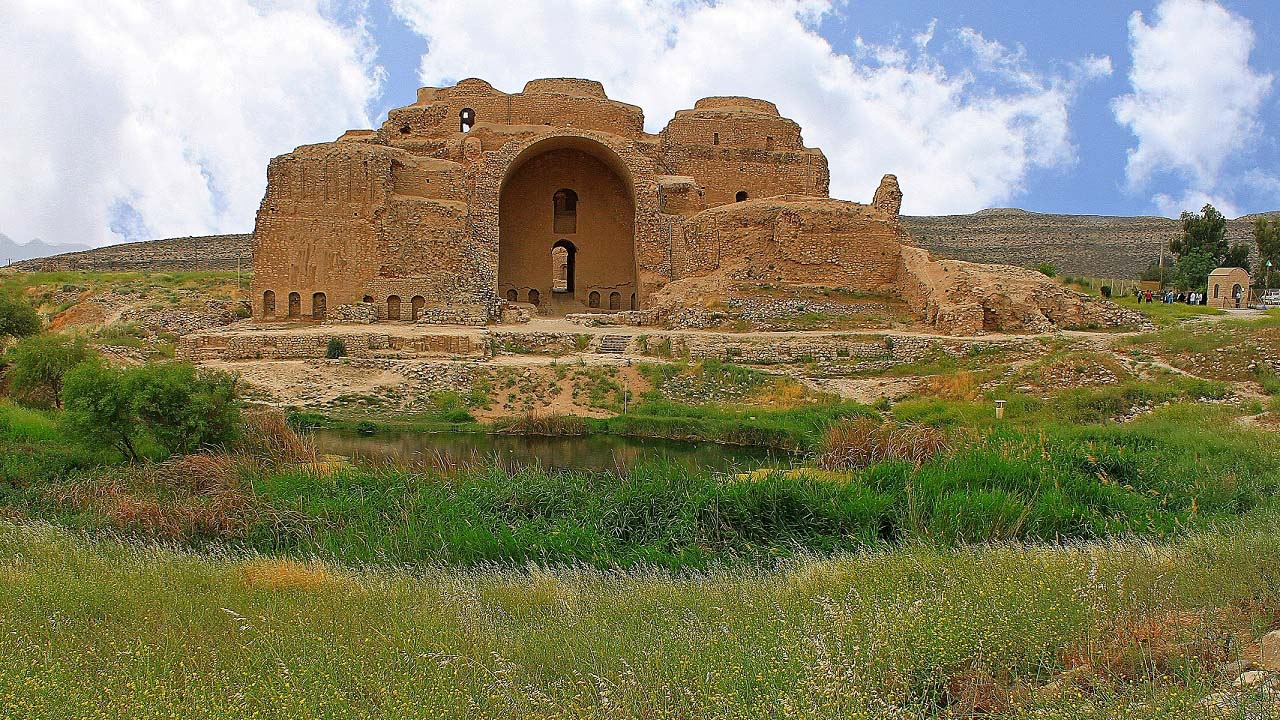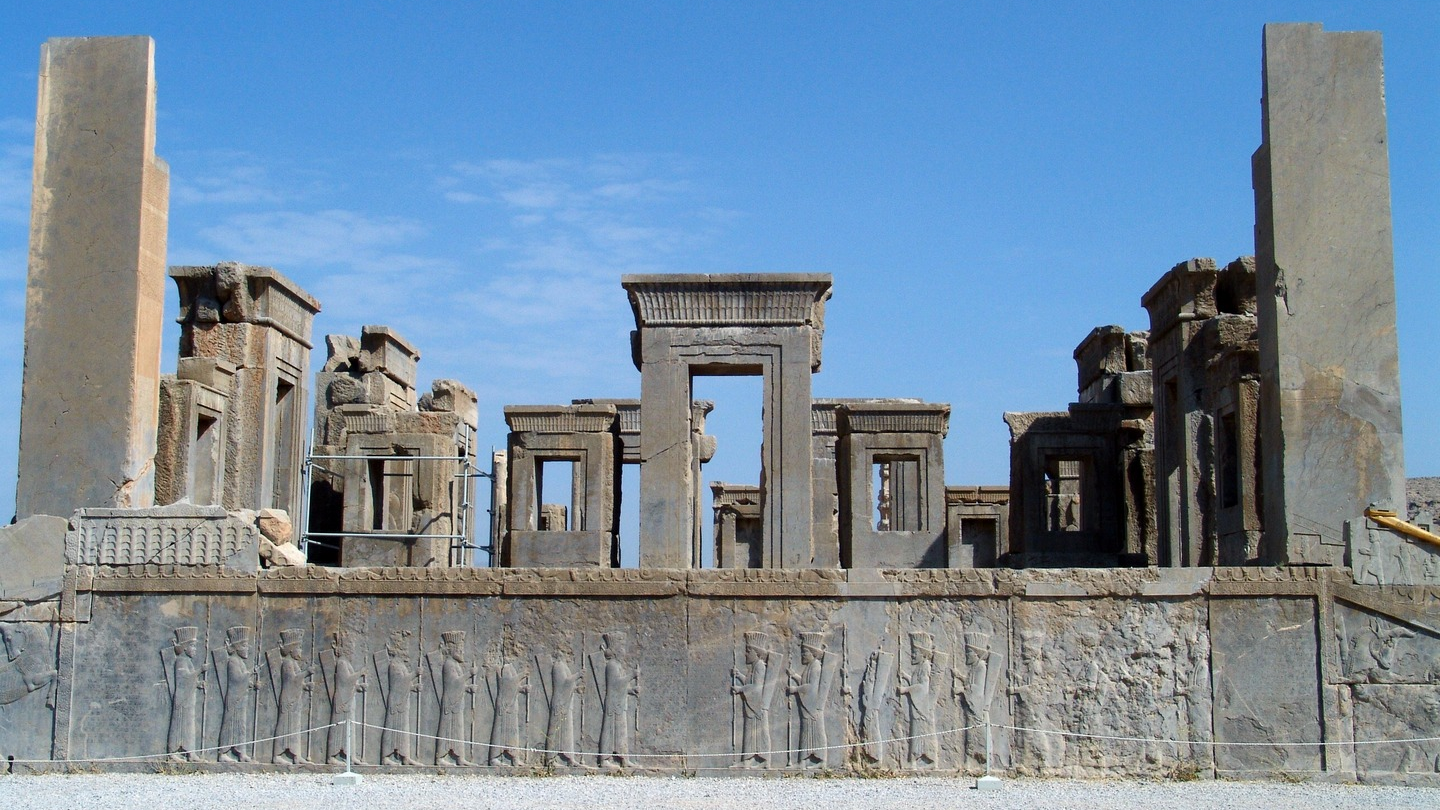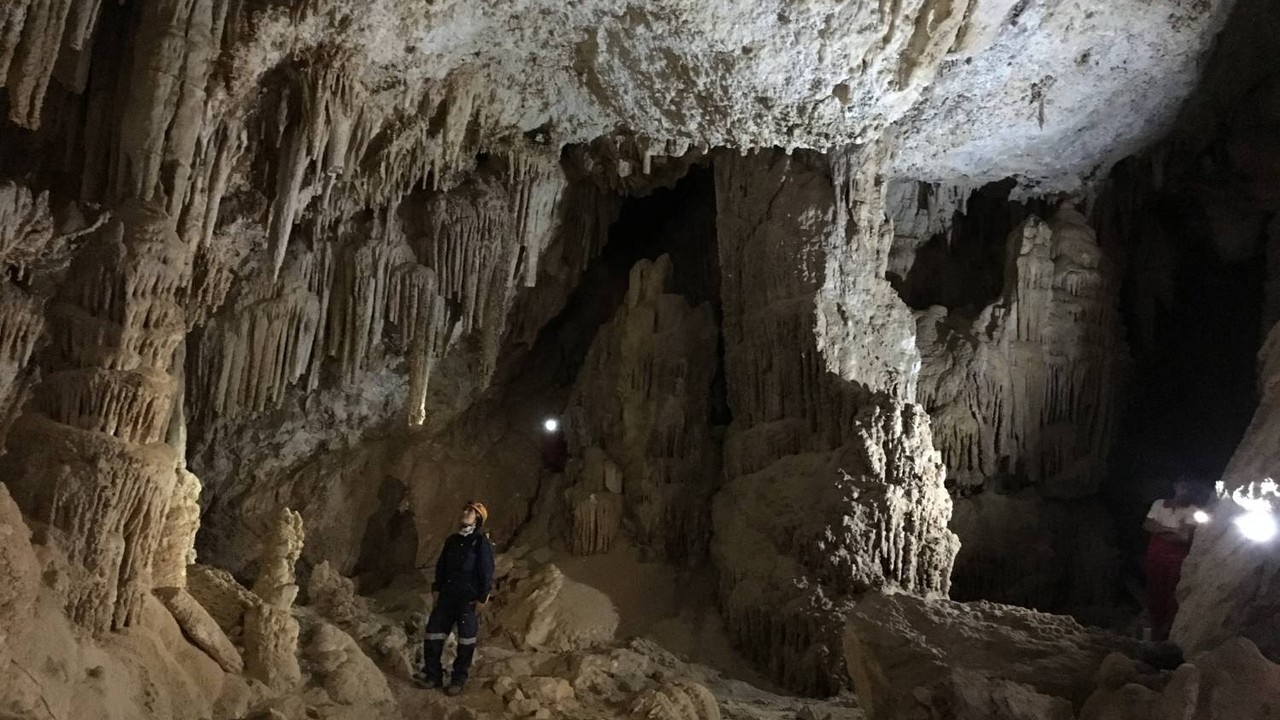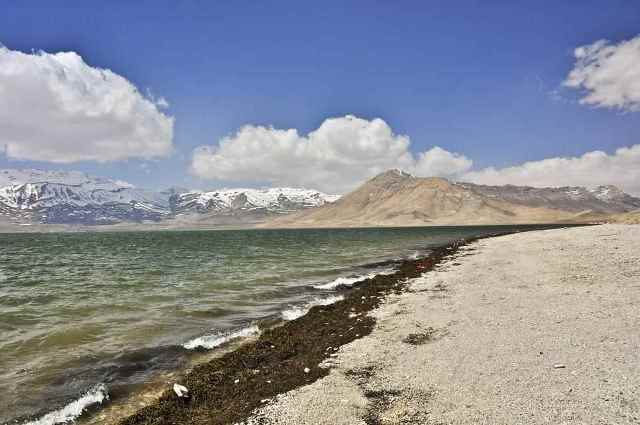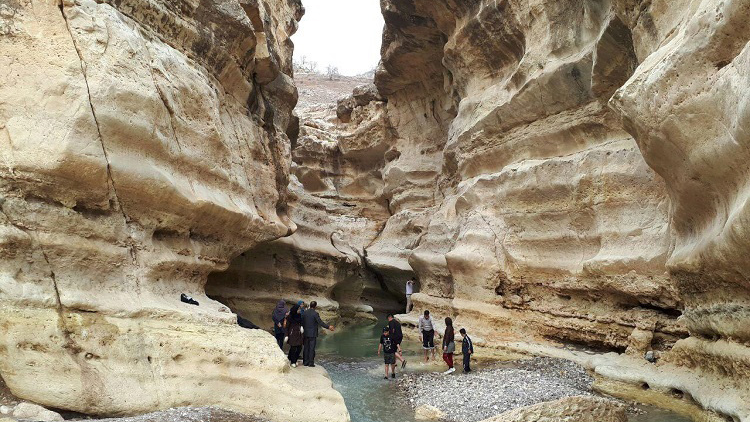
Qomchoqay Castle
Qomchoqay Castle is one of the ancient monuments of Bijar City of Kurdistan Province of which only some parts remain. The inscription found in this castle has strengthened the assumption that its first inhabitants were Sumerians who had created the first urban civilization in Mesopotamia.
The Geographical Location of Qomchoqay Castle
The name Bijar has been derived from the term “Bidzar” (willow field; bid means willow tree), which means a place full of willow trees. Bijar city is located in the east of Kurdistan Province and 142 km from Sanandaj. Having a long history, this county houses some of the most valuable historical sites of Kurdistan.
There is a castle called Qomchoqay about 45 Km. from the central part of Bijar County, which is located on a high mountain and its remains can still be sighted. Visiting Qomchoqay Castle is a difficult task because one has to go through a difficult-to-cross path.
History of Qomchoqay Castle
Human habitation in Kurdistan province dates back to the Paleolithic age (about 40 thousand years ago). Due to abundant water resources, the mountains of this province have always been considered desirable habitats for humans. Therefore, various buildings with different residential and defensive uses have been created throughout this region.
The structures built in the mountains of this region can be divided into two groups:
• First: structures that were considered military fortresses and some people who were against the local governments had chosen to live in them in order to protect themselves.
• Second: Spaces where there were buildings such as markets, places of worship, and residential houses, and were, in a way, of less military aspect.
Qomchoqay Castle, which is located in Bijar County and near a village of the same name, was a military castle that archaeologists believe was built in the third or fourth millennium BC. The location of this castle on top of a high mountain had greatly increased its security, which made various groups live in it to protect their lives in different times of history. The towering and terrifying peaks of the mountains and the frightening precipices of the valley in which the castle is located make accessing it extremely difficult.
Keeping in view the fact that Azargoshasb Fire Temple is located about 100 km from Qomchoqay Castle, according to some assumptions, this castle was probably destroyed during the siege of Azargoshasb Fire Temple of Takht-e Soleyman by the Roman emperor, Heraclius, around the year 624 AD.
Historical Importance of Qomchoqay Castle
An inscription with hieroglyphs was found in this castle, which is one of the oldest half-image inscriptions of Iran. Hieroglyphs are one of the first lines that the ancient Egyptians used around the 3rd millennium BC to convey their messages. Thus, the claim that Qomchoqay Castle was built by the Sumerians has become quite acceptable.
There are many stone mounds around the fort area where fences have been discovered. These fences probably date back to the Middle Ages and were perpendicular to the riverbed in a special way.
The Architecture of the Castle
From what remains of this castle, it is estimated that it was built over an area of around five thousand square meters. According to the size of these remains, it seems the castle was fenced was very high walls. The remains of the circular tower can be recognized within the boundaries of this castle.
Entering the castle was only possible from its northern part after passing through a narrow and long path that even a person could pass through with considerable difficulty! An underground shelter had also been created for the castle, which was connected to the castle by a staircase consisting of 41 steps. A number of water reservoirs had also been built in the rocks located inside the castle.
The historical Qomchoqay Castle was inscribed on the list of Iran’s national heritage in the year 1986 AD.
Qomchoqay Castle, which is located in Bijar County and near a village of the same name, was a military castle that archaeologists believe was built in the third or fourth millennium BC.
| Name | Qomchoqay Castle |
| Country | Iran |
| State | Kurdistan |
| City | Bijar |
| Type | Historical |
| Registration | National |
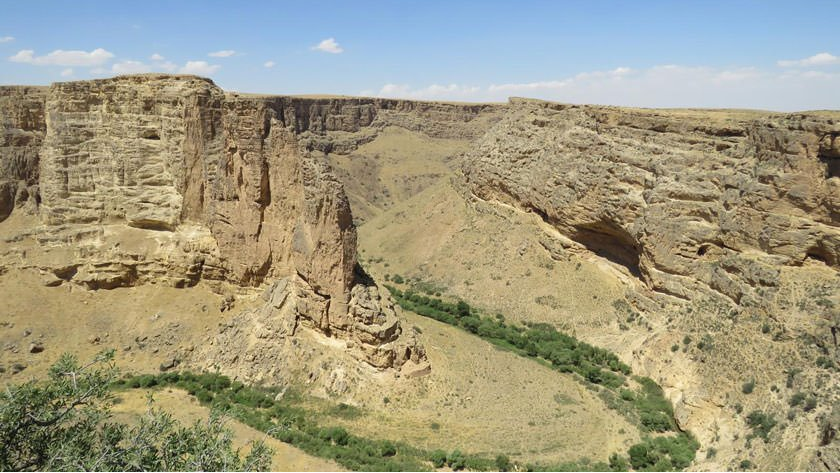
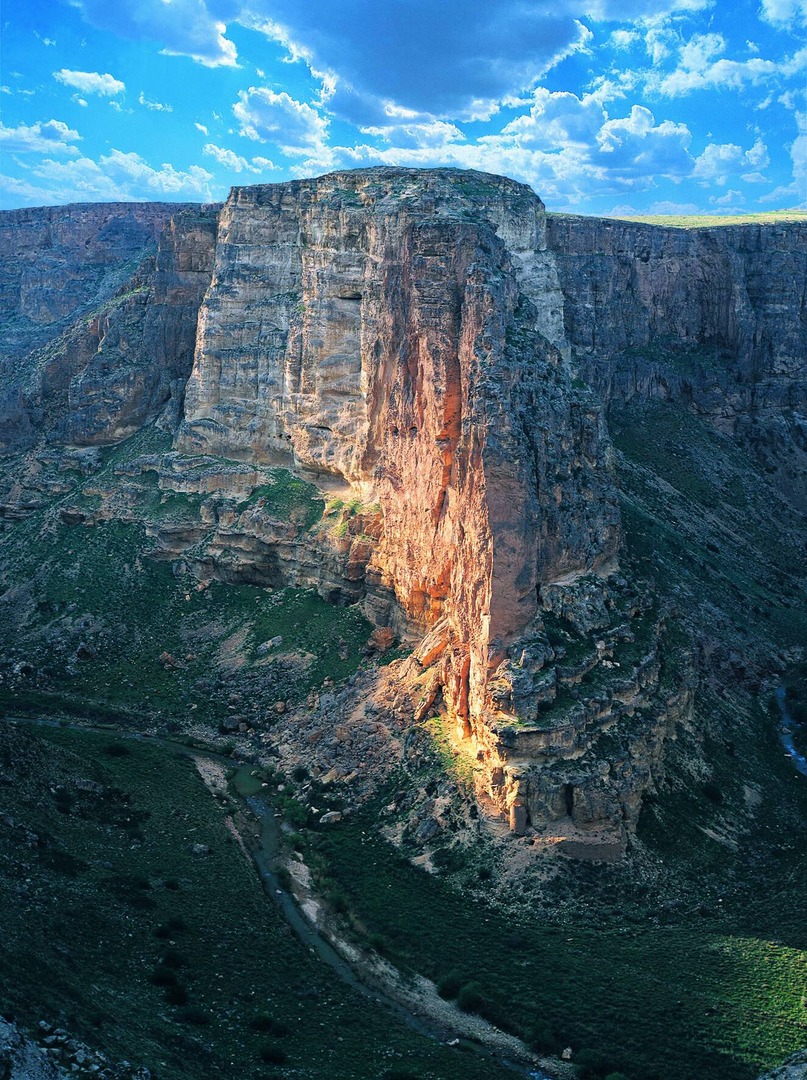


Choose blindless
Red blindless Green blindless Blue blindless Red hard to see Green hard to see Blue hard to see Monochrome Special MonochromeFont size change:
Change word spacing:
Change line height:
Change mouse type:
